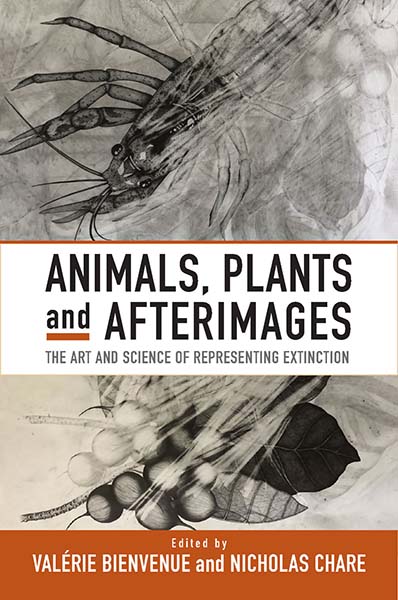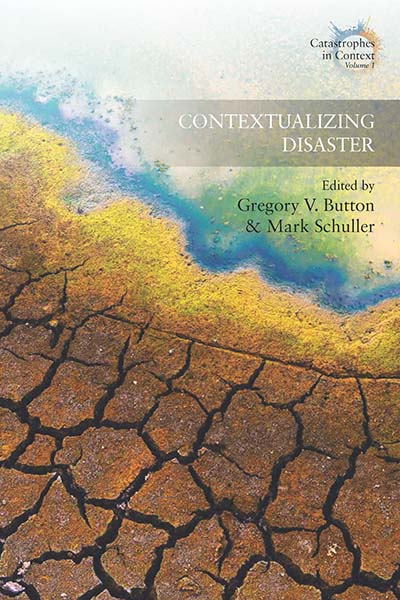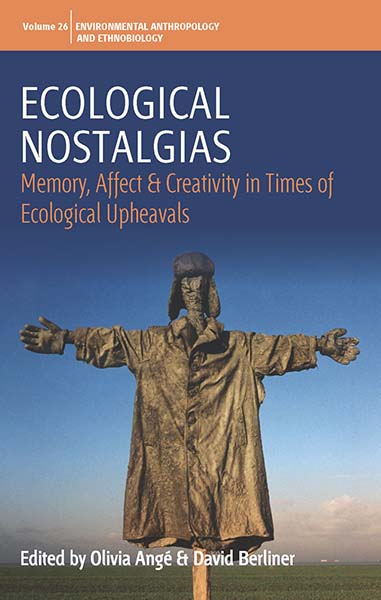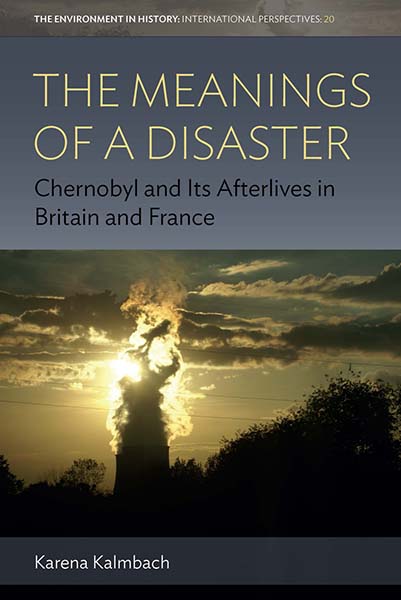
Email Newsletters
Sign up for our email newsletters to get customized updates on new Berghahn publications.
Animals, Plants and Afterimages
The Art and Science of Representing Extinction
Edited by Valérie Bienvenue and Nicholas Chare
Full Text PDF | Full Text ePUB Made available under a CC BY-NC-ND 4. license with support from Knowledge Unlatched.
460 pages, 42 color images, bibliog., index
ISBN 978-1-80073-425-8 $180.00/£138.00 / Hb / Published (March 2022)
ISBN 978-1-80539-332-0 $19.95/£15.95 / Pb / Published (July 2024)
Reviews
“The editors and contributors of this book challenge readers to imagine alternative ways to “see” extinction and to share that vision with others. For those willing to engage it, meeting that challenge in Animals, Plants and Afterimages comes with powerful and illuminating insights.” • The Quarterly Review of Biology
“Animals, Plants and Afterimages draws together an impressive range of essays that describe, contemplate, explore, and challenge the relationships between extinction and representation, engaging with a series of perceptual, conceptual, material, and illusory afterimages of animals and plants with whom we can no longer co-exist but who still matter to us.” • Rick De Vos, Curtin University
“The editors’ approach to extinctions through museum exhibitions, technologies and works of art is highly illuminating. Next time, when I visit a natural history museum, I will see the exhibition and the dead animals and plants in a different light.” • Markku Oksanen, University of Eastern Finland
Description
The sixth mass extinction or Anthropocene extinction is one of the most pervasive issues of our time. Animals, Plants and Afterimages brings together leading scholars in the humanities and life sciences to explore how extinct species are represented in art and visual culture, with a special emphasis on museums. Engaging with celebrated cases of vanished species such as the quagga and the thylacine as well as less well-known examples of animals and plants, these essays explore how representations of recent and ancient extinctions help advance scientific understanding and speak to contemporary ecological and environmental concerns.
Valérie Bienvenue is a doctoral candidate in the Department of History of Art and Film Studies at the Université de Montréal. Her thesis critically examines human-equine relations through the prism of modern art and visual culture. Prior to her academic career, she worked for ten years in equestrian circles, including teaching bareback riding and rehabilitating horses suffering from physical and psychological trauma. She is the author of several articles and book chapters.
Nicholas Chare is Professor of Art History in the Department of History of Art and Film Studies at the Université de Montréal. He is the author of After Francis Bacon (2012). In 2017, with Sébastien Lévesque and Silvestra Mariniello, he founded the baccalaureate (BACCAP) in visual cultures at the Université de Montréal.
Subject: Media StudiesEnvironmental Studies (General)Cultural Studies (General)
Animals, Plants and Afterimages Edited by Valérie Bienvenue and Nicholas Chare is available open access under a Creative Commons Attribution-NonCommercial-NoDerivatives 4.0 International License (CC BY-NC-ND 4.0) with support from Knowledge Unlatched.
Full Text PDF | Full Text ePUB
OA ISBN: 978-1-80539-067-1
Contents
Download ToC (PDF)



